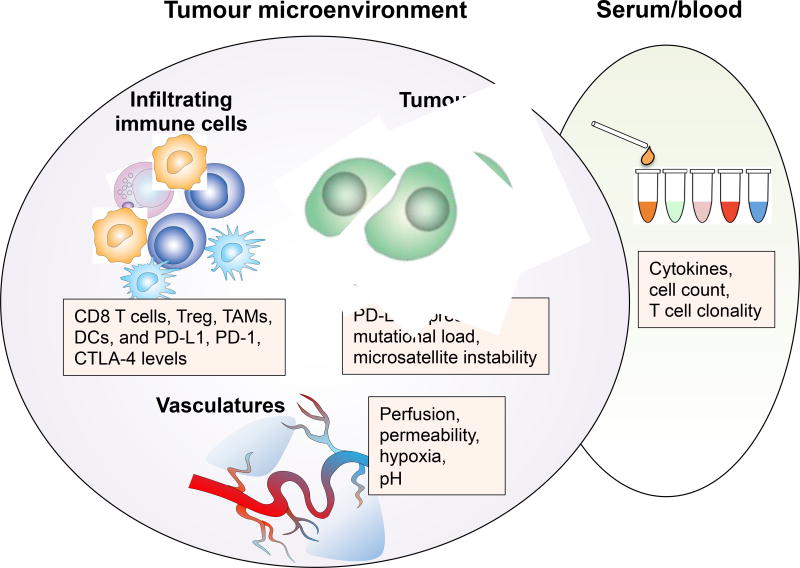Figure 3. Biomarker discovery for immuno-oncology.
The current tissue-based biomarker analysis for immuno-oncology largely focuses on intrinsic tumour cell properties and immune cell profiles within the tumour microenvironment, including PDL1 expression levels, mutational load, as well as the number of infiltrating effector T cells, immune suppressor cells, and their ratios. The vascular remodeling effects of immune checkpoint therapy provide a new rationale for assessing tumour microenvironment-based biomarkers beyond tumour and immune cells. Examination of tumour vascular-related changes such as alterations to tissue perfusion, hypoxia, pH and vascular permeability, in combination with immune cell profiling and tumour cell characterization may provide a more sensitive and dynamic way of monitoring tumour responses to immune checkpoint blockade. Together with serum-based biomarkers, tumour microenvironment-based biomarkers incorporating tumour cell, immune cell, as well as blood vessel analyses will provide a complete picture of cancer immunotherapy induced immunological changes to accurately monitor clinical responses in patients.

